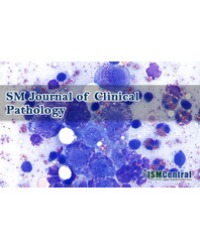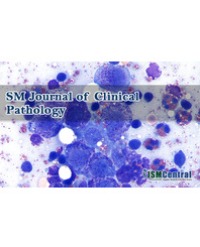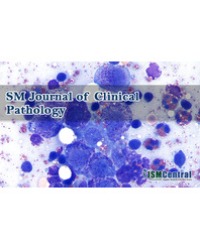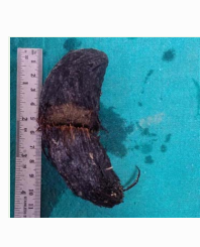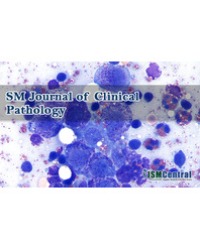
Hemostatic Interference of Plant Latex Proteases
Plant latices have been utilized as therapeutic agents to treat various ailments in several traditional systems of medicine. One of the main applications of plant latices is to stop bleeding from minor injuries and to enhance wound healing activity. These activities are associated with hemostatic and fibrinolytic systems. Proteolytic enzymes present in plant latices are found to interfere with hemostatic and fibrinolytic systems. Cysteine proteases of plant latices have been observed for their selectivity towards certain blood coagulation factors and specific cleavage patterns resulting in the induction of blood clot formation. Ficin, a mixture of cysteine proteases from the latex of Ficus carica is shown to activate coagulation factor X. Likewise, the purified cysteine proteases, papain from Carica papaya latex and pergularain e I from Pergularia extensa latex are shown to have thrombinlike activity and directly induce fibrinogen clotting. Plant latex serine proteases including Latex Glycoprotein (LGP) from the latex of Synadenium grantii also exhibit procoagulant properties. However, their mechanism of action is not understood. In addition to clot-inducing activity, both the cysteine and serine proteases dissolve blood clot (plasmin-like activity). These properties of plant latex proteases have to be further investigated for their possible utilization in treatment of hemostatic disorders and other clinical applications.
Shivaprasad H Venkatesha¹#˒ Rajesh Rajaiah²*# and Bannikuppe S Vishwanath³*

